

Remembering Alison Lee, the first First Lady of Top Fuel racing
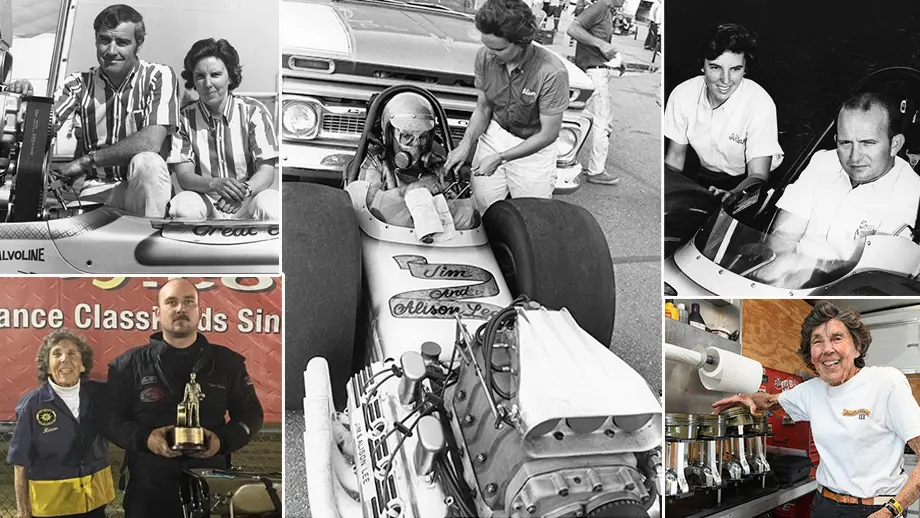
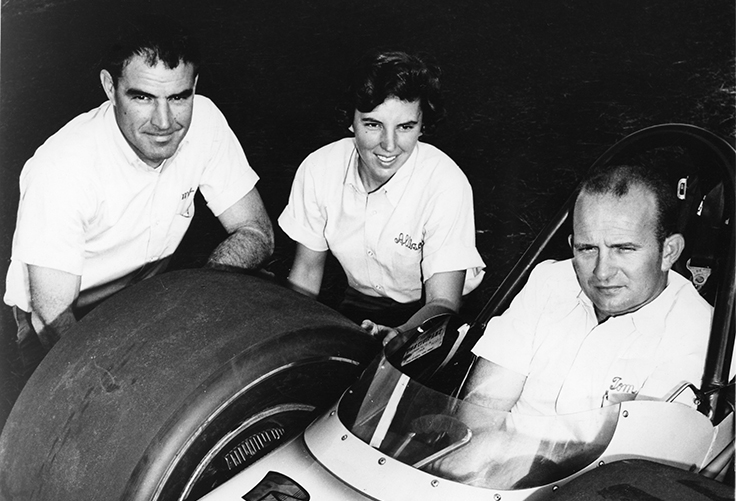
Before Shirley Muldowney ever turned a tire in Top Fuel and nearly 20 years before Brittany Force was even born, the First Lady of Top Fuel was Alison Lee, whose tuning prowess on a series of successful Top Fuel dragsters made her a legend in the sport. We lost Alison Aug. 29 at age 84, but her legacy will long survive her.
Horse-power in her blood
Horsepower was nothing new to Alison, but it was the four-legged variety, She began riding horses in competition when she was just 5 and won the Junior Hunter Championships of Virginia at age 17 astride Cravalley, a pure black thoroughbred that was a gift from her grandfather, Robert Winmill.
Jim Lee was a street rodder when he met Alison Duffey on a blind date, and they quickly fell for one another.
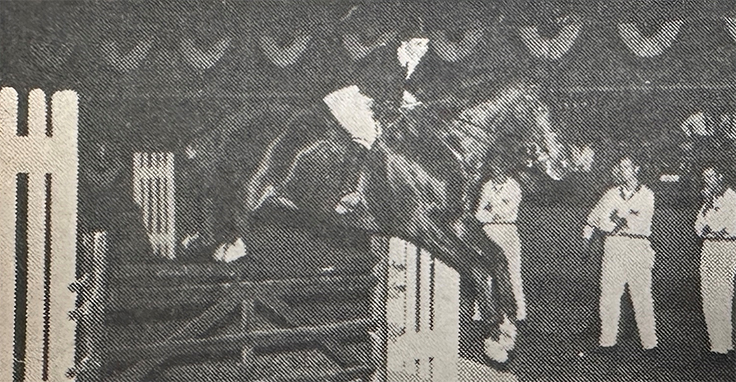
"If I hadn't gotten into drag racing, I would have pursued my horse-riding career and tried out for the Olympics," she once said. She was that good but quit competition when she and Jim married in 1959.
Jim had a ‘32 Chevy with a '58 Oldsmobile powerplant with six 2-barrel carburetors that they street raced and later converted to a strip car, first with Pontiac then Oldsmobile power in the B/Altered class in places like Old Dominion in Manassas, Va., and Sumerduck (Va.) Dragway.
Early dragster days
The Lees graduated to an A/Gas dragster with a Pat Bilbow-built blown 464 Olds that Jim drove into the 8.90s at 170 mph. Although she came into the marriage with no mechanical skills, Alison quickly learned the ropes and became his right hand.
“At first, all I knew about working on cars was to put water in that little round hole at the front of the motor,” Alison said last year on the Drag Racing's Golden Era podcast. “I knew nothing about taking spark plugs in or out or looking at them. When we got into nitro, I would take the plugs over to show [Don] Garlits or [Chris] Karamesines, and I learned a lot from them. It was fun learning it all. Before long I was putting pistons in the cylinders. It all just came naturally. Other than lifting the blower off, there wasn’t much I couldn’t do.”
Jim had an accident in their Logghe-chassised dragster at Numidia Dragway in Pennsylvania in early 1965 when a broken rear end sent the car tumbling. It left him with a severe concussion, and the Lees decided it was time to leave the driving to others. They decided to step up to Top Fuel as owner/operators and took delivery of the fifth Don Long Top Fuel chassis ever built, dropped an iron Ed Pink 392 Chrysler into the framerails, and hired Bub Reese to drive. The car was named Great Expectations after the Charles Dickens novel of the same name, and the team certainly lived up to those expectations.
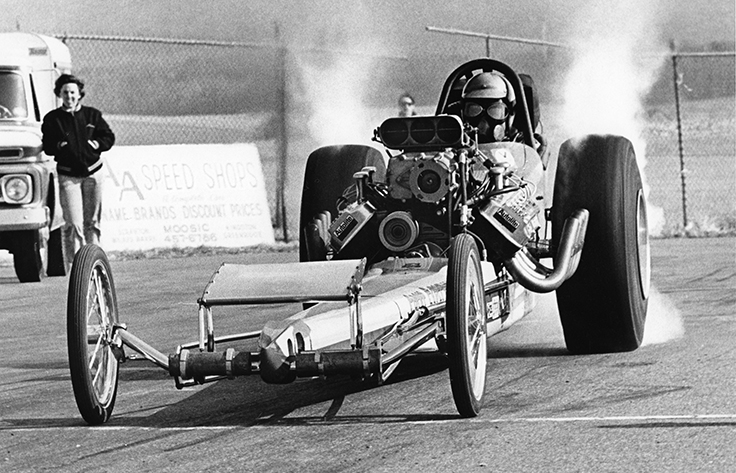
On to Top Fuel
The Lees’ Top Fuel debut came at that year’s March Meet, and they qualified impressively in the No. 8 spot but lost in round one to Don Prudhomme and the Baney Ford Special. Reese didn’t last long and was replaced that summer by California hotshot Hank Westmoreland, who was recommended by Pink. They won together in their debut at the Island Dragway points meet.
On Aug. 12, just a few weeks before the Nationals in Indy, Westmoreland powered their dragster to a stunning 6.88 national record in BB/FD trim at U.S. 30 Dragstrip, breaking the 6.97 mark set by Tom McEwen in Carlsbad, Calif., earlier that year and matched by Pete Robinson in May, and went on to win the Division 1 Top Fuel title that season.

The expense and hassle of flying Westmoreland from coast to coast led the Lees to replace him with Maryland-based Tom Raley in 1968. Raley was their longest-lived driver, racing with them until 1973 and added Division 1 championships in 1969 and ‘70s.
“He was just wonderful,” Alison said of Raley. “He was like family.”
Raley and the Lees reset the national record again in September 1969 with a 6.64 in Atco, N.J., and broke their own record the following year with a 6.63, again in Atco, then lowered it to a 6.53 at the World Finals in Dallas in October. That run qualified them No. 1 by a tenth on Vern Anderson, but Raley inexplicably fouled against unheralded Gary Biggins in the Blue Angels car.
The President will see you now …

On Sept. 21, 1971, the Lees were invited by President Richard Nixon to a motorsports reception at the White House alongside motorsports legends, including Richard Petty, Mario Andretti, and Jackie Stewart. "The President requests the pleasure of your company at a reception to acknowledge the contributions you have made to the sport of automobile racing,” read the Western Union telegram.
“When the telegram came, I thought it was a joke; I had to call to confirm that it was real,” she said. “Once we got there, we were lining up for a photo with Mario and Richard and everyone when a Secret Service man came up and tapped me on the shoulder and said I needed to stand over with the rest of the press. I didn’t have [women’s rights activist] Gloria Steinem to stand up for me.”
Despite that diplomatic diss, Alison had become well respected by her male peers in drag racing and doesn’t remember suffering any of the grief that Muldowney had as a driver in a male-dominated world.
“We were all friendly,” she recalled. “I don’t have any idea what they thought about me, but I was honored that they’d come over and chitchat with us and look over my shoulder at what we were doing.”
Top Fuel success

Raley won two Division 1 championships and seven regional events for the Lees, but in the spring of 1973, he was involved in a two-car accident when the other driver rear-ended him in the shutdown area, destroying the car and sending Raley to the hospital with a tailbone injury. The 1973 season was the only one in which the Lees had a sponsor, as the U.S. Army was bannered on their car, which ultimately led to Don Prudhomme’s long-running Army deal that ran 1974-80.
(Sitting next to Prudhomme Tuesday morning at the airport after the U.S. Nationals earlier this week, “the Snake” and I chatted about Alison, and he told me that he had been at the same meet with the Lees that year, and the Army motorsports liaison was so impressed with Prudhomme’s operation that they signed him up for 1974. It was kind of a cool moment as sitting just a few seats away from us in the terminal was young Top Alcohol Funny Car phenom Maddi Gordon, the newest female sensation, which nicely bookended our conversation about the rise of women in the sport.)
Ted Wolf took over as driver for the Lees for 1974-75 and was followed by Lee Weller, who won the Lees another division crown in 1977 in his second season with the team.
“After we won three championships in Division 1, we were feeling pretty cocky and thought we'd run Division 2 to see what those guys have for us,” Alison said. “Let's go see what they’re all about.”
Enter Bobby Hilton

Dale Thierer drove for the Lees in 1976 but retired to get married. By this time, an East Coast teenager named Bobby Hilton was making a name for himself in a dragster as early as 1973 in his father, John’s car. Hilton had apprenticed with the great Clayton Harris as kid tuner beginning when he was just 13, and began driving in Top Fuel at age 16 for his father, when IHRA officials opted to look the other way about minimum ages. Hilton later drove Alan Starr’s Starrliner with some success.
The Lees took note of the kid, who had beaten them at various times, and offered him the seat in their dragster. Hilton moved into a room on the Lees’ horse farm in The Plains, Va., and fell in love with and later married their daughter, Diane.
The Lees commissioned Lestor Guillory to build them a trick car, complete with side pods and outward and upward tilted body panels that made it wedge-like in design.
“That car was eons ahead of its time,” Hilton told me in an interview a few years ago. “I’m not sure why they did that because they usually were pretty conservative with their race cars. It ran well, but it was too heavy, and the side pods had to come off between every run so we could work on the car, so eventually, we took them off."

The team had a great two-year run, winning the 1979 Division 2 Top Fuel crown and divisional events in Gainesville and Reading, and scored breakthrough victories at the 1979 IHRA Pro Am Nationals and 1980 Winston Spring Finals, and runner-upped at the 1979 Dixie Nationals.
“Jim and Alison liked to drive home from the races Sunday night, and I was already used to that kind of schedule,” he said. “Jim had to be home to mow the grass and feed the cows, so Alison and I would work on the car together.
“She built the [piston and connecting rod] racks, and Jimmy did the bottom end. I did the clutch and the top half of the motor with Alison. She pushed her pistons down to Jimmy and did all the jetting. She did all that before computers. She was way into it.”
After two of the Lees’ best seasons, the ride for Hilton ended in early 1981 in less than wonderful fashion.
As Hilton told me, “I was still just a wild-ass kid, and Jimmy was a very conservative guy: ‘That jackstand goes in that spot; that’s where it’s been going for 10 years, and that’s where I want it.’ And I was all about change and having a good time and partying a little bit. I don’t think that he liked that. If I have any regret about those days, it’s that I wish I would have been a little more mature.”
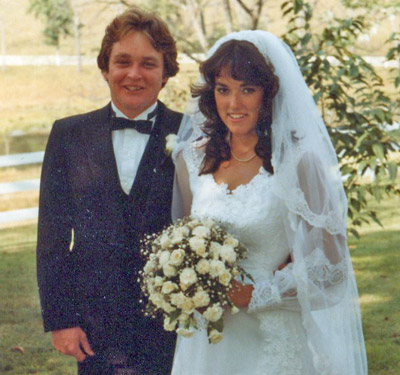
Hilton left the farm with Diane, moved to Cincinnati, and got married, while the Lees hired alcohol-racing veteran Butch Osmon, who took them to their greatest success on the NHRA trail, a runner-up to Gary Beck in Larry Minor's dragster at the 1981 Springnationals. At the end of the 1982 season, the Lees retired from racing.
In an interview with NHRA National Dragster two decades ago, Jim explained, “I guess you could call it burnout. We had toured the country for almost two decades, and we just tired of it. The move to electronics and the size of the winners' purses back then also spurred us to make our decision. There were no regrets. We met a lot of great people and had more than our fair share of fun.”
“I look back on it, and the stars lined up for us the whole time we were racing,” said Alison. “It's so different today from what we used to do with all of the sponsorships. We loaned each other stuff back in the days. I remember at Indy one year we didn’t have enough pistons and went down and asked Paul Candies, and he gave me a whole box of pistons.”
Life on the farm
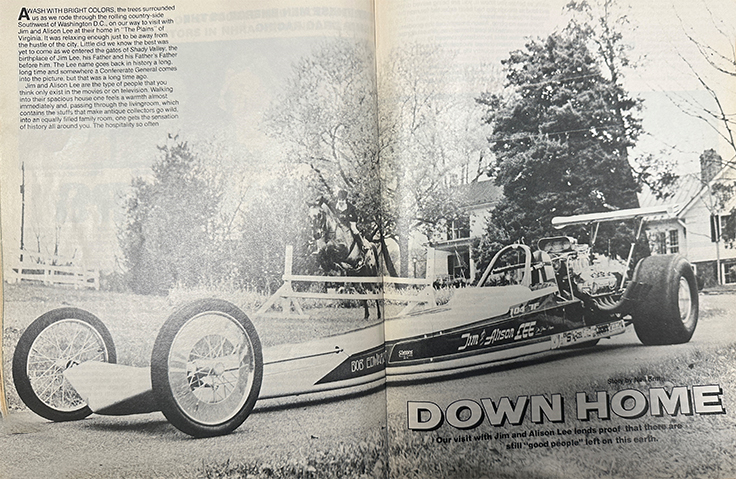
The Lees retired to their farm, and Alison took up tennis and participated in horse shows, while Jim managed the raising of black angus cattle on land that had been in the Lee family for centuries. In 1784, the King of England deeded the Lee family 150 acres of land in Virginia, and multiple generations have lived there ever since. The "Shady Valley" farm has been in the Lee Family for generations and his great, great grandmother is buried in the family plot on the grounds.
With a surname like Lee in the heart of Civil War country, it’s only natural that people have asked about ties to famed General Robert E. Lee.
“I’ve been told that we are related to him,” Jim said in an interview years ago in National Dragster. "The trouble is that during the war between the states, a lot of courthouses burned and, with them, the birth records. We'd have to do a lot of detective work to make sure.”
Alison was more sure. She told ND that James T. Lee, Jim's great grandfather, was in the Civil War, and his letters referred to “Uncle Bob” quite often. And Alison’s maternal great, great grandfather was Alexander Spottswood, one of the first Governors of Virginia and his granddaughter married General Robert E. Lee.
A family reunion
While Alison continued to visit with Diane and Bobby, the relationship between Jim and his son-in-law remained frosty for years.
“It took a while, man, there's no question,” said Hilton. “Jimmy didn't talk to me for probably five years. He was pissed off when I left with Diane when they went to Gainesville that year with Butch.”
In July 1990, Hilton and Diane had a son, Tyler, and as the old country song goes, “Nothin' melts a heart like a grandchild will.”
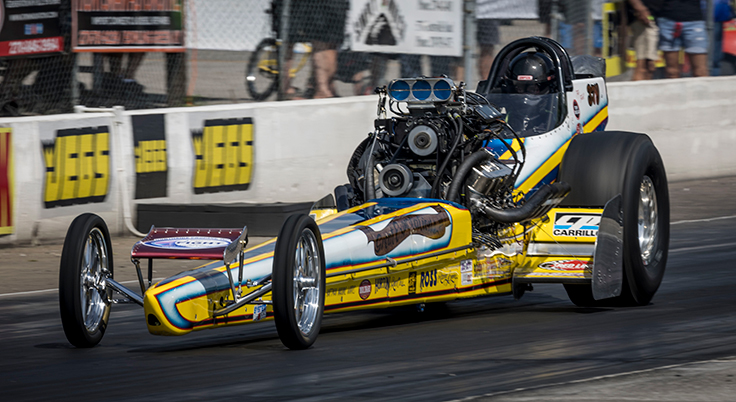
Before long, the combined Lee and Hilton DNA led Tyler into a race car. In 2015, after attending the Frank Hawley driving school the previous fall, Tyler followed his father into the Top Fuel ranks with a Nostalgia Top Fueler, with Grandma Alison helping out on Great Expectations III.
“I knew if we wanted to go racing that we needed something going on, so I called it Great Expectations III,” recalls Hilton. "I had a bunch of renderings done, and I showed them to Alison, and, man, she was hooked instantly, so we built the race car.
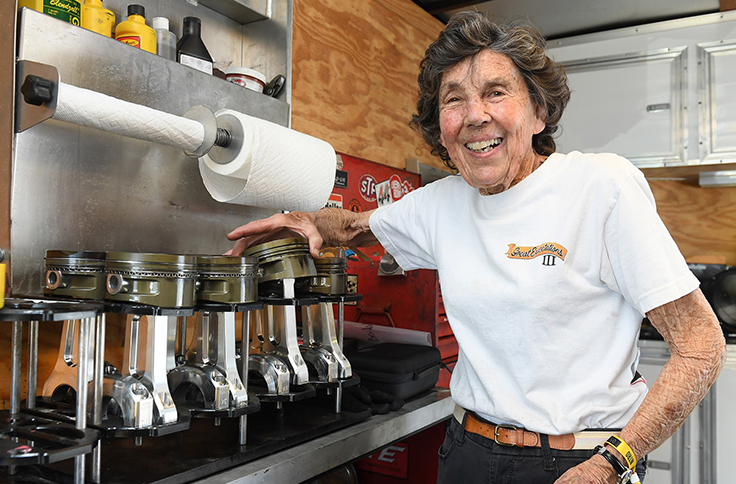
“She still loved to fool with jetting changes and the intake manifold and looking at the computer. She wanted to learn how to read a RacePak and understand that part of it. She taught Tyler a lot. I have a lot of videos of him and her going over the clutch, and she just wanted to be involved with all of it.”
Tyler has proven to be a successful Top Fuel pilot, winning back-to-back NHRA Hot Rod Heritage Racing Series championships, and he’s looking good for a three-peat this year. He’s also won three straight times at the Wally Parks NHRA Nostalgia Nationals in Bowling Green, Ky. The family is planning a big celebration of Alison for her at the California Hot Rod Reunion later this year, another race that the Hiltons and Lees have won.
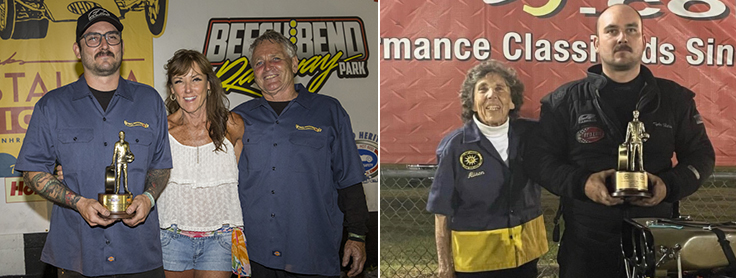
Tyler with his mom and dad (left) and grandma, Alison
“The best part is her getting to do this with Tyler,” said Hilton. ”Alison and Jimmy walked away from drag racing, and they were done, and we didn't do anything for 30 years. I bought a tuna boat, and that's all we did, so for her to get to do that with Tyler was amazing, and she lived for that.”
Phil Burgess can be reached at pburgess@nhra.com
Hundreds of more articles like this can be found in the DRAGSTER INSIDER COLUMN ARCHIVE
Or try the Random Dragster Insider story generator



















































